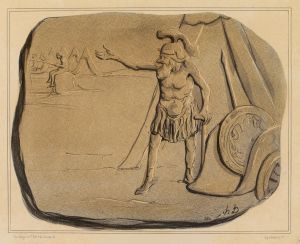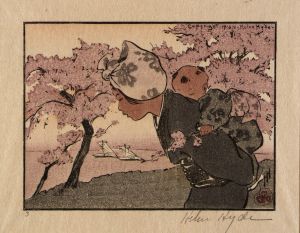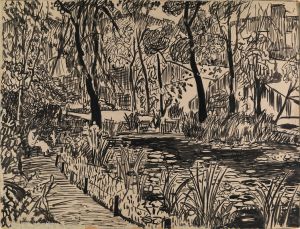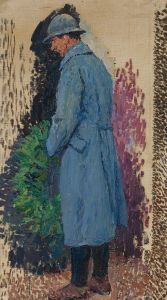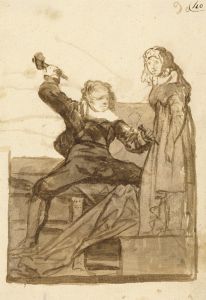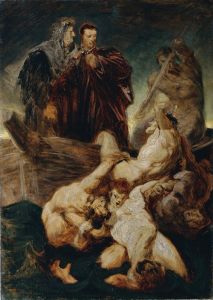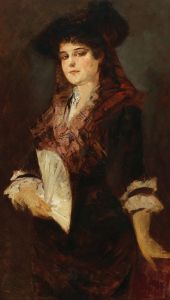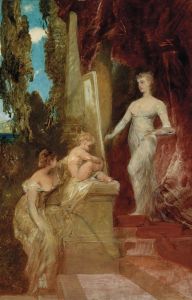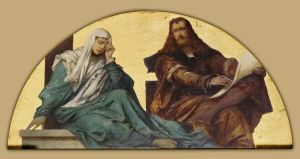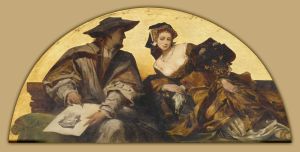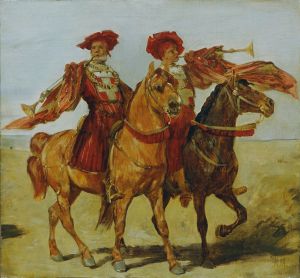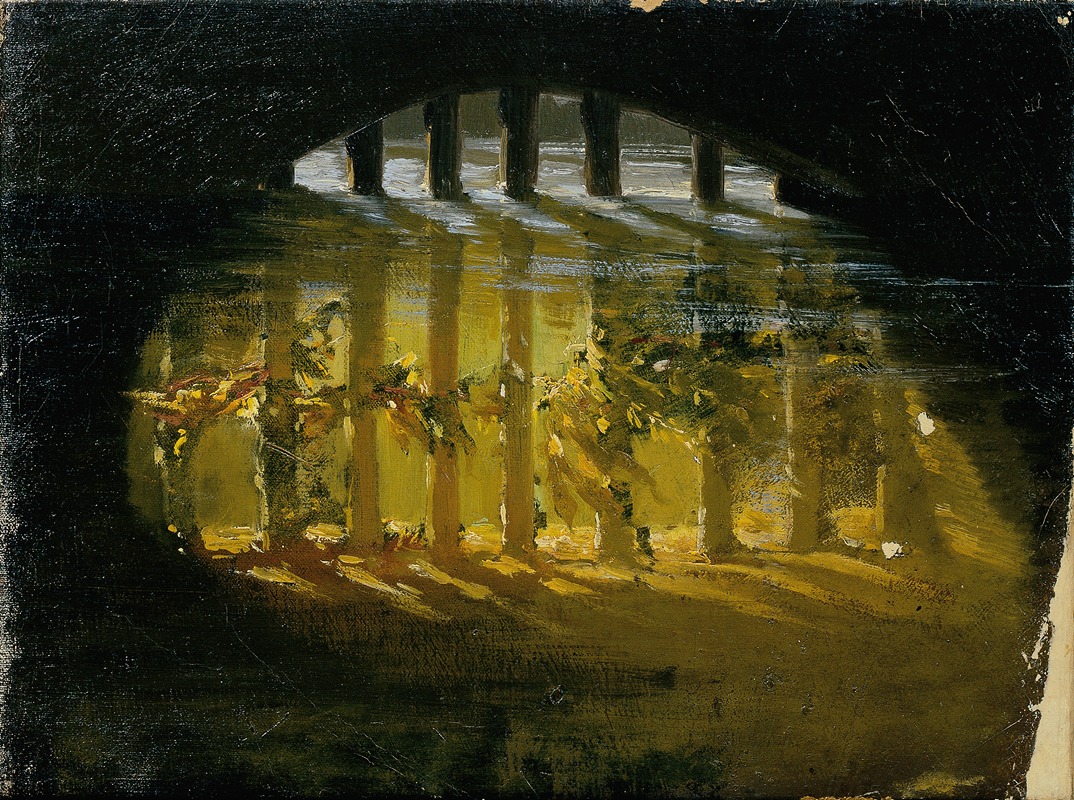
Motiv aus dem Hellbrunner Schloßpark
A hand-painted replica of Hans Makart’s masterpiece Motiv aus dem Hellbrunner Schloßpark, meticulously crafted by professional artists to capture the true essence of the original. Each piece is created with museum-quality canvas and rare mineral pigments, carefully painted by experienced artists with delicate brushstrokes and rich, layered colors to perfectly recreate the texture of the original artwork. Unlike machine-printed reproductions, this hand-painted version brings the painting to life, infused with the artist’s emotions and skill in every stroke. Whether for personal collection or home decoration, it instantly elevates the artistic atmosphere of any space.
Hans Makart was a renowned Austrian painter of the 19th century, celebrated for his contributions to the historicist style and his influence on the Viennese art scene. One of his works, "Motiv aus dem Hellbrunner Schloßpark," reflects his characteristic style and thematic interests. However, detailed information about this specific painting is limited.
Makart was born in Salzburg in 1840 and received his artistic training at the Vienna Academy of Fine Arts. He became known for his large-scale historical paintings, which often depicted grand and dramatic scenes. His work was characterized by vibrant colors, dynamic compositions, and a theatrical flair that captivated the public and the art world alike.
The Hellbrunn Palace, located near Salzburg, is famous for its beautiful gardens and trick fountains. It was built in the early 17th century by Markus Sittikus von Hohenems, the Prince-Archbishop of Salzburg, as a place of leisure and entertainment. The palace and its park have long been a source of inspiration for artists due to their picturesque landscapes and historical significance.
"Motiv aus dem Hellbrunner Schloßpark" translates to "Motif from the Hellbrunn Palace Park," suggesting that Makart drew inspiration from the scenic beauty and architectural elements of the Hellbrunn gardens. While specific details about the painting's composition and style are scarce, it is likely that Makart employed his typical use of rich color and intricate detail to capture the essence of the park.
Makart's work often reflected the opulence and grandeur of the Austro-Hungarian Empire during his lifetime. He was a favorite of the Viennese elite and became a central figure in the cultural life of Vienna. His studio was a hub for artists, intellectuals, and society figures, and his influence extended beyond painting to interior design and fashion.
Despite the lack of detailed information about "Motiv aus dem Hellbrunner Schloßpark," it can be inferred that the painting aligns with Makart's broader artistic themes. His works frequently explored the interplay between nature and architecture, and he had a keen eye for capturing the interplay of light and shadow in outdoor settings.
Makart's legacy is evident in the way he shaped the visual culture of his time. His approach to painting and design left a lasting impact on the decorative arts and set the stage for the emergence of the Vienna Secession movement, which sought to break away from traditional artistic conventions.
In summary, while specific details about "Motiv aus dem Hellbrunner Schloßpark" are limited, it is a testament to Hans Makart's skill in capturing the beauty and grandeur of his surroundings. His work continues to be celebrated for its contribution to the historicist style and its reflection of the cultural vibrancy of 19th-century Vienna.





